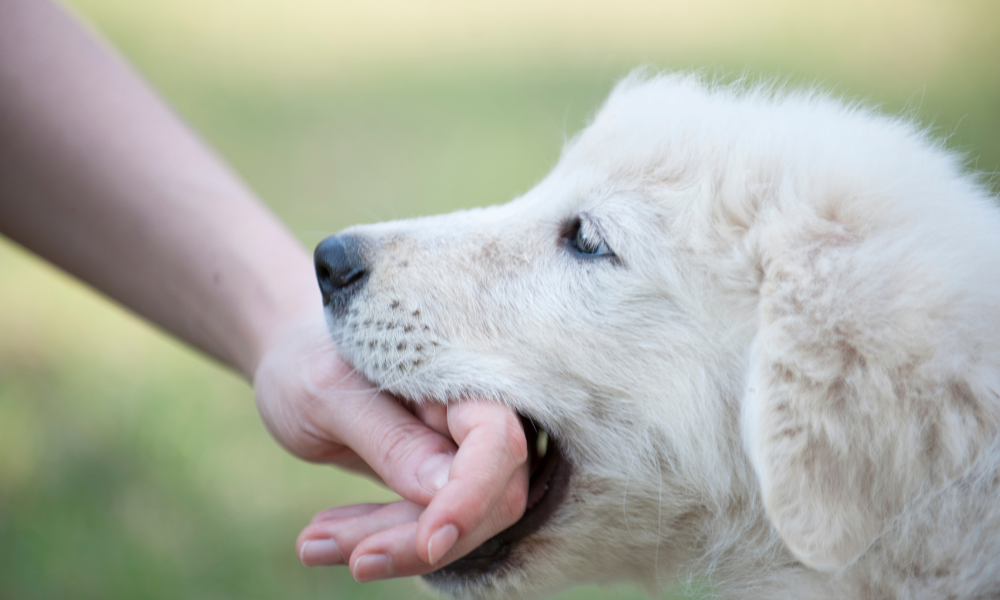Dog bite laws in Utah establish strict liability standards that hold owners accountable for injuries caused by their animals, regardless of the dog’s previous behavior or the owner’s knowledge of aggressive tendencies. These statutes eliminate traditional defenses like “one bite” rules and create clear pathways for victims to recover damages without proving negligence or fault.
Strict liability framework
Utah follows a strict liability approach for dog bite incidents, meaning owners face automatic responsibility when their dogs injure others. This legal framework removes the burden on victims to prove the owner knew about dangerous propensities or acted negligently in controlling their animal. It covers more than bites, including scratches, knockdowns, and physical contact. Exceptions to strict liability exist for specific circumstances like trespassing on private property, provoking the animal, or engaging in criminal activity during the incident. Owners must prove that the victims’ actions led directly to the attack. Law enforcement officers, mail carriers, and other individuals performing lawful duties on the property typically maintain protection under the statute even when technically trespassing.
Homeowner insurance coverage
Most homeowner and renter insurance policies include liability coverage for dog bite incidents, providing financial resources for victim compensation. These policies typically cover medical expenses, lost wages, and pain and suffering caused by dog attacks. dog owner responsibility under law in Utah extends beyond just controlling their animals to maintaining adequate insurance coverage for potential incidents. Some insurance companies exclude coverage for high-risk breeds, while others require additional liability riders for dog ownership. Property managers and landlords may also bear secondary liability when they allow dangerous animals on their premises despite knowledge of aggressive behaviour.
Compensation calculation methods
- Medical expenses – Emergency room treatment, surgery, wound care, plastic surgery, and ongoing rehabilitation costs
- Lost income – Time away from work during recovery, reduced earning capacity from permanent scarring or disability
- Pain and suffering – Physical discomfort, emotional trauma, disfigurement, and reduced quality of life
- Property damage – Torn clothing, damaged personal items, and other property destroyed during the attack
Dog bite compensation often exceeds initial medical costs due to the traumatic nature of attacks and the potential for permanent scarring, mainly when facial injuries occur. Children frequently suffer disproportionate injuries due to their height relative to dogs, often sustaining head and neck trauma that requires extensive reconstructive procedures.
Criminal penalties and civil remedies
Dog attacks may trigger criminal charges against owners and civil liability for victim compensation.
- Criminal penalties include fines, imprisonment for repeat offences, and mandatory animal control measures like quarantine or euthanasia orders. These criminal proceedings operate independently from civil compensation claims, allowing victims to pursue damages regardless of criminal case outcomes.
- Civil remedies provide broader compensation options than criminal restitution, including non-economic damages for pain and suffering that criminal courts cannot award. Punitive damages may be available if the owner has trained dogs for fighting or allowed dangerous animals to roam free despite previous attacks.
Prevention and enforcement
Animal control agencies investigate dog bite incidents and may impose restrictions on dangerous animals, including leash requirements, muzzling orders, or removal from the community. These enforcement actions protect public safety while creating evidence of the animal’s perilous nature that supports victim compensation claims. Property posting requirements and containment standards vary by municipality, with some jurisdictions requiring special fencing, warning signs, or insurance coverage for dogs with bite histories. Violations of these ordinances can establish negligence per se claims that strengthen victim cases beyond the basic strict liability framework. Educational programs and licensing requirements help promote responsible ownership while providing legal frameworks for holding negligent owners accountable when prevention efforts fail.

